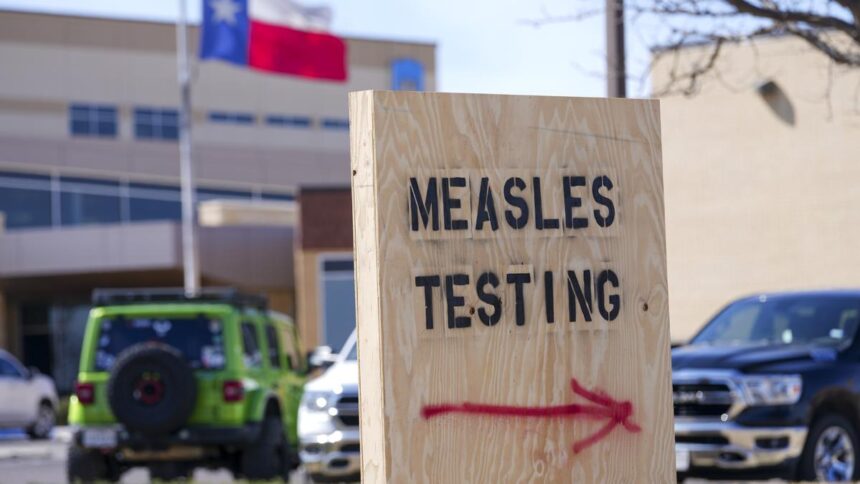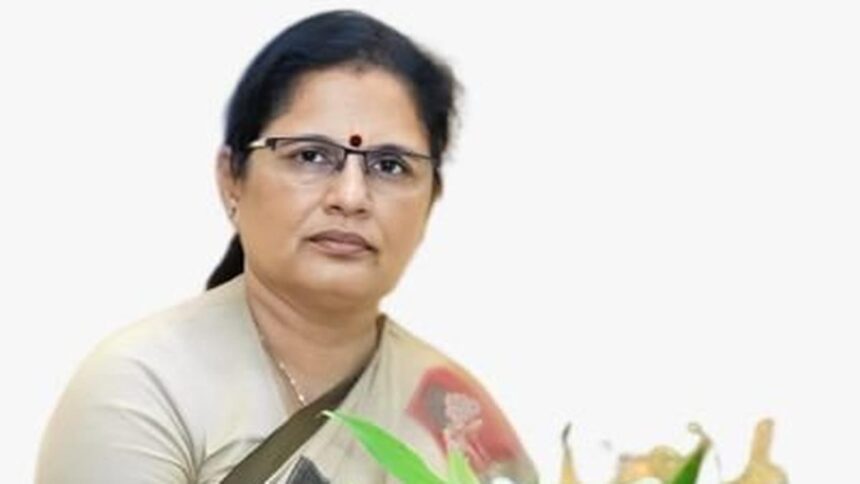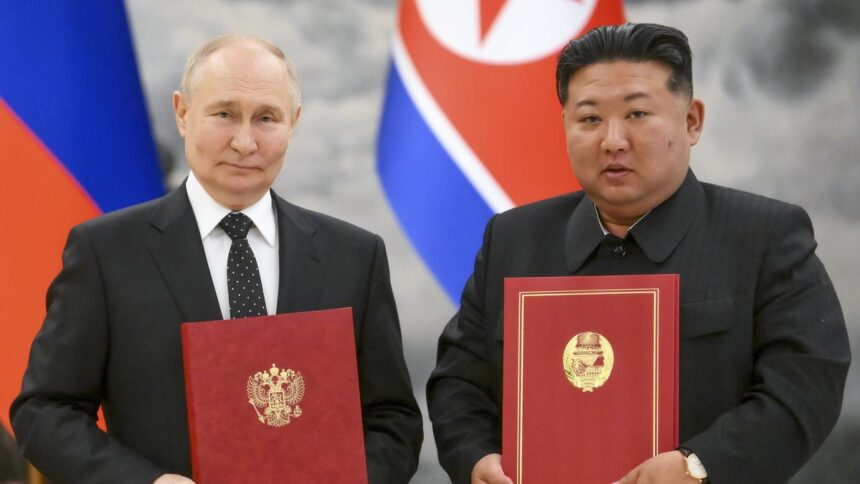
The American visa. Image used for representative purpose only.
| Photo Credit: Getty Images/iStockphoto
Indian students pursuing education in the United States are set to face new restrictions as newly admitted students will no longer be able to transfer universities immediately, but only after successfully completing one year of study.
This means new arrivals will no longer be able to transfer universities immediately, but only after successfully completing one year of study, according to a newly published rule that tightens the F-1 visa (Student Visa) programme.
The rule is expected to be fully implemented within the next 30 to 60 days and will affect Indian students who generally opt for Fall admissions (in August) in the U.S.
The new framework also ends the practice of obtaining multiple degrees at the same academic level, such as back-to-back master’s programmes, without leaving the U.S. and applying for a new visa.

Another major change is the reduction of the post-OPT grace period. Students finishing their Optional Practical Training (OPT) will now have just 30 days, instead of 60, to remain in the country after their authorisation ends.
For graduate students, the flexibility to change programmes or universities after arrival has been removed. They must continue with the school listed on their I-20 form at the time of visa approval.
A lot of Indian students apply to the top Universities with higher fees to get the visa stamping easily, but move to smaller universities with lower fees once they land in the U.S. Such misuse will now end permanently,” says Nishidhar Reddy Borra of Atlas Consultancy, a prominent foreign education consultant in Hyderabad.
Perhaps the most significant shift is the new cap on F-1 visa duration. Instead of being valid for the “duration of status” as before, F-1 visas will now be issued for a maximum of four years. Students exceeding this limit must leave the U.S. and re-enter after obtaining a fresh visa stamp. This also means that students advancing from bachelor’s to master’s to Ph.D. programmes will likely need to secure new visas as their studies progress.
The changes mark one of the strictest overhauls of student visa policy in recent years and are expected to impact thousands of Indian students who are already in the U.S. or planning to begin studies this fall (August admission window).
Published – August 28, 2025 12:48 pm IST





















